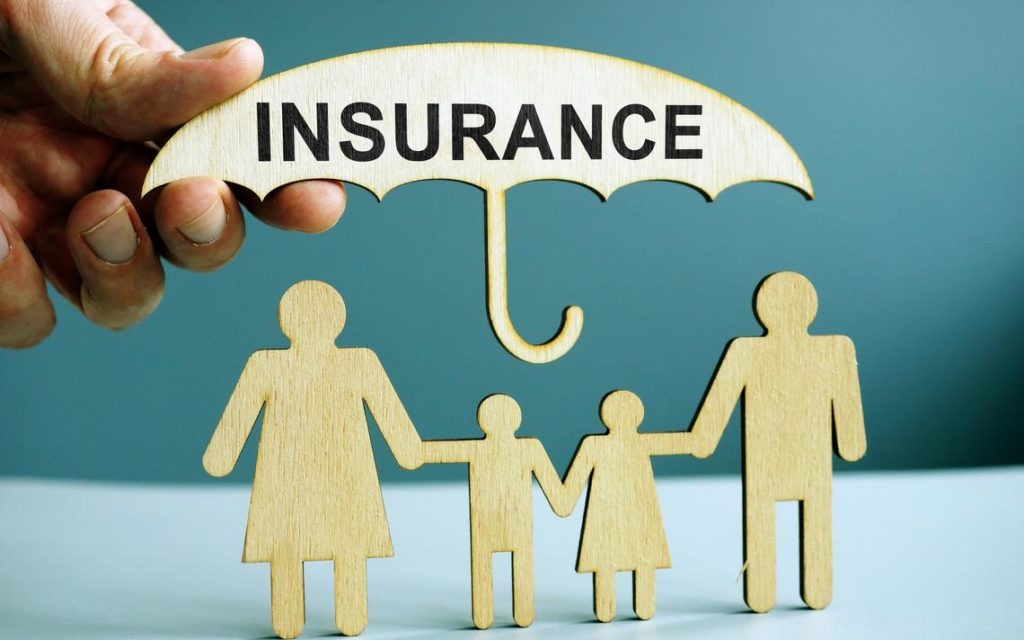There are important areas of interest you need to understand, and I believe Domino’s carryout insurance to be one of them. It is a real thing, and so don’t let anyone lie to you. Bear in mind that your pizza can be damaged in transport and the Domino’s carry out insurance can come to your rescue.
Domino’s will replace it with a brand new one or refund your money, and that is the beauty behind domino’s pizza insurance. Like other insurance policies, some conditions need to be met to get your claim approved.
A close focus
The most important condition is that you must have ordered your pizza and it must have been delivered to you by Domino’s. This means that if your car breaks down on the highway and you order a pizza, and then your wife or girlfriend decides to eat half of it, you won’t be able to make a claim. That said, Domino’s carryout insurance does cover the following: If your pizza is damaged in transport (for example, if it gets crushed in a bag full of other pizzas) Domino’s will replace it with a brand new one or refund your money.
If your pizza is not delivered because of an error on Domino’s part, such as a telephone operator mishearing you say you want “large pepperoni” and sending you a small plain cheese pizza, or your order getting lost in cyberspace, you may be entitled to a replacement pizza or a refund. However, Domino’s will not pay for more than two replacements per order, and they will not pay for refunds. You need domino’s pizza insurance, and you realize it when things go south.
Case scenario
Evidently, this is how Domino’s defines an “order” as far as their insurance policy is concerned: Any damaged pizza that has been eaten is not considered to be part of that customer’s “order”. Another important thing to note is that Domino’s carryout insurance only covers damages that occur during transport. For example, if your car breaks down on a highway and you order a pizza and then your wife or girlfriend decides to drive the car, the pizza you ordered will be delivered safely to your house.
Evidently, if your car is then repaired and driven again, the second trip could result in damage to the car (the one being driven) and therefore to the pizza being delivered. This would not be covered by Domino’s insurance. Delivery charges Domino’s deliver free of charge to the following areas: Hawaii Alaska Guam Puerto Rico The U.S. Virgin Islands All other orders over $2.00 are delivered for free but there may be a handling charge for orders less than $.

There may also be a delivery charge for orders delivered to a P.O. Box or a post office outside a city or town where Domino’s has a store. Domino’s does not deliver to any hotel or motel. In fact, they don’t even deliver to restaurants or other businesses. If you order a pizza and it gets damaged or is not delivered because the recipient doesn’t want it, Domino’s will not replace it or issue a refund.
On this occasion, you will still have to eat the pizza yourself since Domino’s doesn’t deliver to “dorms” or “boarding houses” or other places where people are temporarily living.
Domino’s does offer a 30-minute guarantee but only for phone orders. For walk-in customers, there is no such guarantee.
Domino’s will not honor any claims made after 30 days and that is the reason why you need to take the time to understand domino’s pizza insurance well. This means that if you break your leg on the day your order was delivered and you make a claim against Domino’s carryout insurance, they will simply say “no” and refuse to pay. Obviously, you should not let this happen but, if it does, you can only make a claim by contacting Domino’s directly.
They will probably tell you it is too late because the 30-day period has already passed. However, it is possible (although very unlikely) that if you are an aggressive attorney or are willing to be an “extreme” pain in the ass, you may be able to get a judgment against Domino’s and therefore force them to pay up. Domino’s carryout insurance is very similar to other insurance policies. Therefore, it pays only for what it covers and only after certain conditions are met.
In this case, the conditions are:
1. The customer must have purchased Domino’s carryout insurance
2. The damage must have been caused by something outside the customer’s control, like a strike, earthquake, hurricane or other acts of God
3. The damage must have occurred while the pizza was being carried from one location to another.
4. The customer must have notified Domino’s within 60 days of receiving the order.
5. The customer must not have altered or tampered with the packaging in any way whatsoever.
6. The customer must not have eaten the pizza.. This is an important condition. If you have, it is considered “consumer fraud” and therefore you could be blacklisted by Domino’s and prevented from ever getting pizza again.
Domino’s will investigate the claim and, if it is determined that the damage was caused by something outside your control, they will simply issue you a check for the amount of your claim. However, if Domino’s determines that the damage was caused by your fault (condition #3 was not met), then they will send you a replacement pizza or, if they have a very liberal sense of humor, they may issue a refund. They will NOT, under any circumstances, pay for more than two replacements per order. Understanding how domino’s pizza insurance works is a great step towards enjoying the best services.
In fact, they will not even pay for one replacement. This is a common trick used by insurance companies.
Understand that Domino’s delivery charges still apply. Even though the order is “canceled”, the customer is still obligated to pay for the shipping and handling fees. If the claim is not made within 60 days, it is forfeited. That means Domino’s will not pay even if all the other conditions are met. This is a common tactic used by insurance companies.
Domino’s carryout insurance is extremely limited in scope. It only covers “commercial” pizza orders and only up to a maximum of two replacements. Therefore, if your order contains a lot of personalization (like photos or special messages), there is a very good chance Domino’s will simply say “no” and refuse to pay.

Domino’s carryout insurance has an expiration date of only 90 days. Therefore, you should buy it as soon as you get your first commercial pizza order. After that, if you don’t renew it, you may find yourself uninsured for valuables like furniture and computers.
A final thing to note about Domino’s carryout insurance is that it is an optional add-on to their regular shipping insurance. Therefore, if you are not going to order via telephone or if you are not going to pay for shipping insurance, you can still use Domino’s carryout insurance by calling their customer service number and talking with a real human being. In this case, you will need to tell them you want “delivery insurance” and give them your credit card details. This is how Domino’s makes money from their delivery insurance. Domino’s delivery insurance costs $2.55 for every $3.00 of orders delivered without insurance, and it is valid for one year. If you have any questions about Domino’s delivery insurance, you can call their customer service number and talk with a real live person who will be happy to answer all your questions.
Remember that domino’s pizza insurance can save you money in the long run. Domino’s carryout insurance is easy to obtain: all you have to do is place a carryout order with Domino’s via phone or online and, as soon as they deliver your pizza, ask them to give you a bill with “Carryout Insurance” written on it.
Conclusion
Besides replacing your damaged or lost food, Domino’s will also repair any other items you may have ordered such as soda, coffee, an extra napkin, or something else. In fact, Domino’s even pays to repair your vehicle if it gets damaged while delivering your order. Domino’s carryout insurance is very popular with their customers and it has been around for many years. The main reason it hasn’t caught on more is that most people are too busy worrying about the condition of their pizza to worry about the condition of their car or house. However, that is beginning to change.
